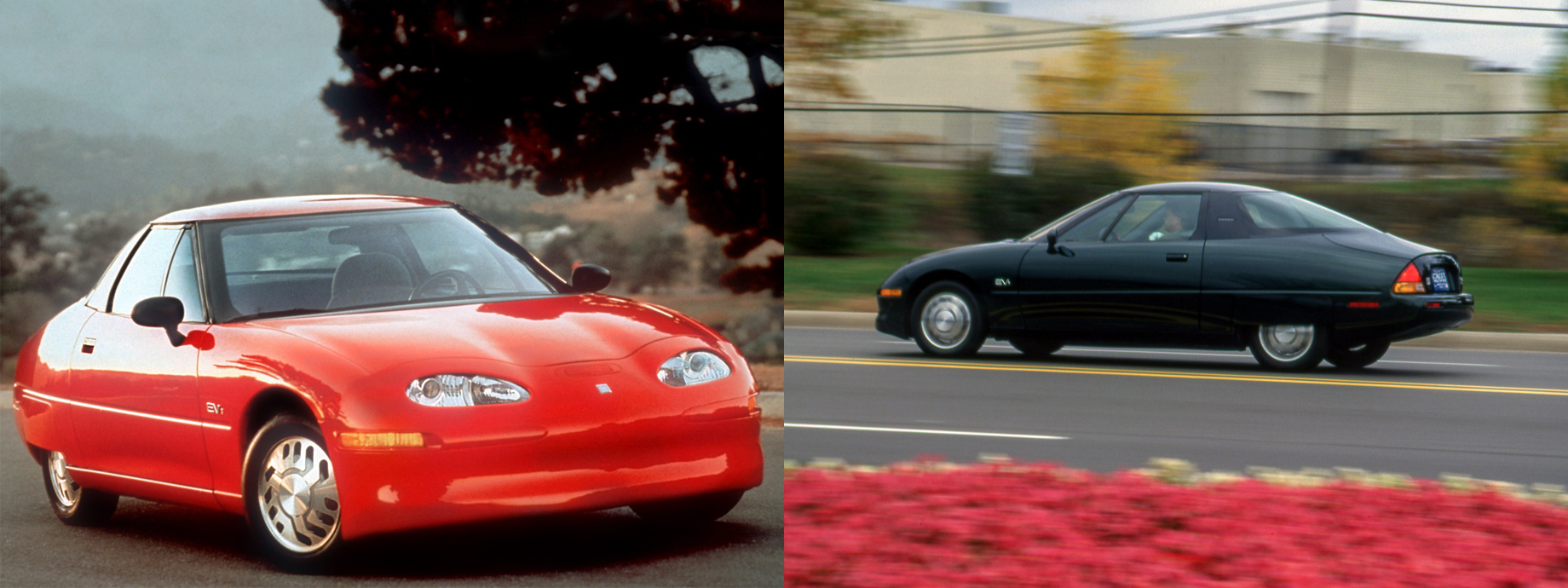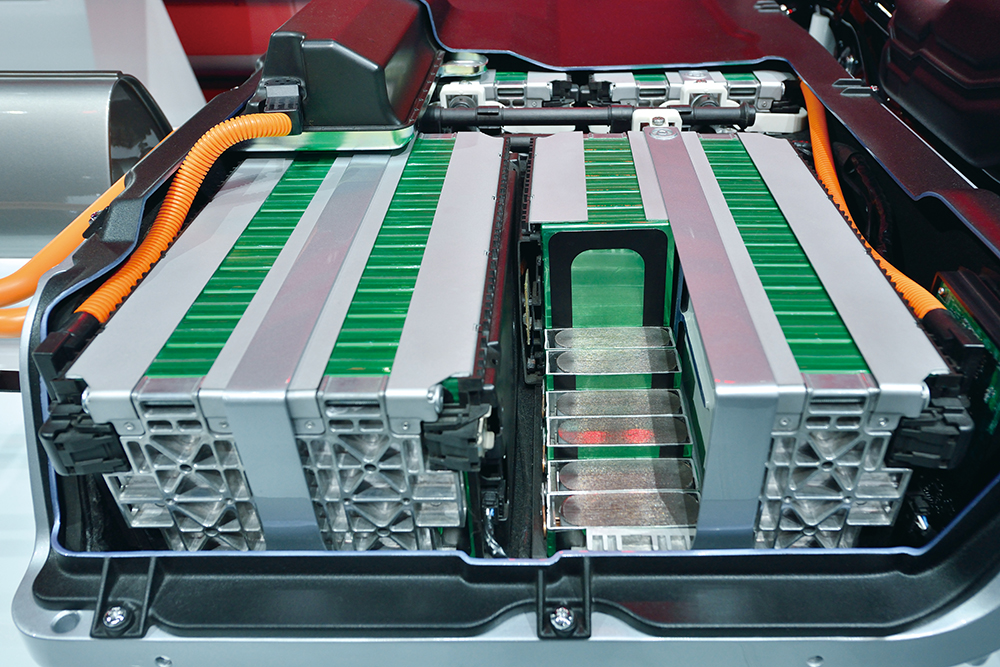Table of Contents
- 1gwh EV Car Battery LFP/Nmc/Lto 30ah 50ah 100ah 200ah Prismatic Cell ...
- Carbon Material for electric car battery (EV/PHV/HV)|Technology for the ...
- Electric Vehicle Battery Production: What, Why, Who, When, Where, How
- How are electric car batteries made? - Buying a Car - AutoTrader
- The revolutionary electric car battery technology that you’ve never ...
- 1gwh EV Car Battery LFP/Nmc/Lto 30ah 50ah 100ah 200ah Prismatic Cell ...
- What Are Electric Car Batteries Made of? Complete guide
- Progress of electric car batteries: the key to the evolution of transport
- How Are Electric Car Batteries Produced - Alfie Perrine
- Can the World Make an Electric Car Battery Without China ...



Introduction to EV Batteries



Materials Used in EV Battery Manufacturing



The EV Battery Manufacturing Process
The manufacturing process for EV batteries involves several stages, including: 1. Cell production: the creation of individual battery cells, which involves mixing and coating the cathode and anode materials, as well as assembling the cells. 2. Module assembly: the cells are connected in series and parallel to form a battery module. 3. Pack assembly: the modules are then assembled into a battery pack, which is designed to meet the specific requirements of the EV. 4. Testing and validation: the battery pack is tested and validated to ensure it meets the required safety and performance standards.